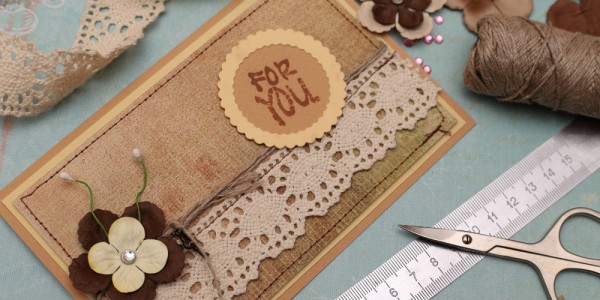“Welcome” Scrapbooks
Once you have been matched with a child and you have made the decision that this is the child for your family, how do you begin the introduction? Scrapbooks are a good way to do this. If your adoption worker does not require this already, make one to give to your child.
View your scrapbooks as if you were moving to a foreign country and into a home you had never seen. What information would you want to know when you moved? What would make you feel more comfortable or at home? Include photos of your home (inside and out), family, pets, church, workplaces, favorite places, etc.
Don’t compile so much information that you overwhelm your child with scrapbooks. At this point, include information about people who will be involved in your child’s life on a regular basis. You do not need to include all family members. Immediate members of the household, or children who your child would interact with on a regular basis, are a good place to start. A large family or a lot of pictures of your friends can be frightening. Keep it simple.
Other things to include are what you like to do as a family. Are any of you active in any sports? Do any of you have a favorite hobby you like to do? What are your family’s favorite foods?
Allow your child to keep this scrapbook. Then he or she can flip through it as much or as little as is comfortable.
Life Books
You will also want to start a life book for your child, if one has not already been created. Whether we like it or not, a child’s biological family and previous foster parents are part of their life; they deserve to be honored and represented. The more you try to ignore these parts of your child’s past, the more he or she may resent the mysteries.
There are some wonderful books to help you gather all the information. Try checking out this website.
Be sure to gather as many photos as you can from former foster parents and the child’s birth family. These may be hard to get, but get them if at all possible. If such photos are unavailable, you could have your child draw pictures to add to their life book.
What else do you put in a life book? Dates and names of each foster or biological home (if known), members of his or her biological family, members of each foster family, or people who are important to your child.
If you don’t have all the information, create a timeline with your child. Include significant events in his or her life, and memories he or she may have.
A life book does not have to be completely positive, but keep the main tone of it positive. You don’t want your child to view his or her life negatively. Creating this together will also be a wonderful time to bond with your child, as well as show that you honor his or her past.

